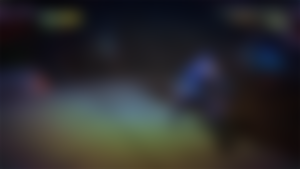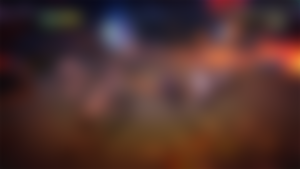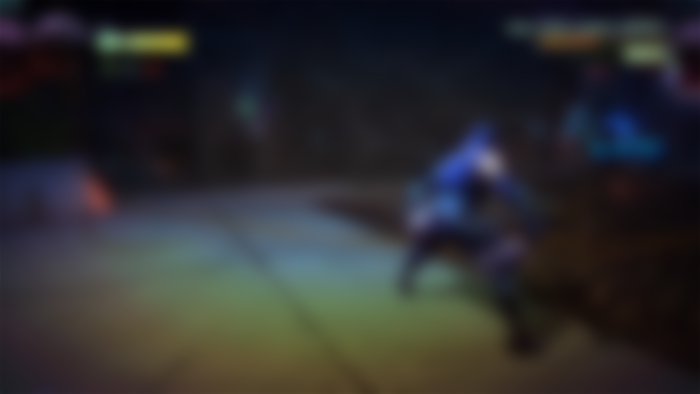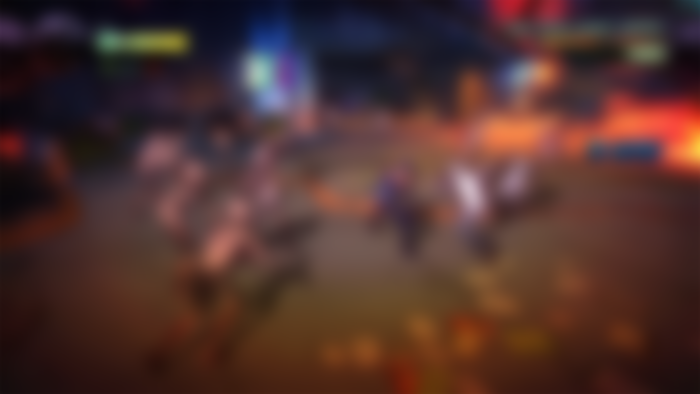They say too many cooks spoil the broth, and when the chefs in question already have a reputation for not taking the whole ‘handwashing after toilet trips’ rule too seriously, you can go ahead and pour that soup away. Such is the case with Yaiba: Ninja Gaiden Z.
Taking loose inspiration from previous Ninja Gaiden titles and a pinch of Inafune’s Dead Rising, Yaiba asks but one thing of you: kill wave after wave of on-screen enemies, quick sharp. You arrive, mutter something offensive over the radio to your absurdly proportioned female sidekick, then press Triangle, Circle and Square until all the zombies, clowns, robot dogs and electrified undead brides are no more. Sadly, this doesn’t even begin to convey the abject, tongue-biting wretchedness of actually playing the thing.

Effectively you’re in a game-long boss battle with the camera. As enemies pour into your periphery, it zooms out to leave you genuinely guessing your location while framerates plunge into single figures. Mid-boss-fight, it zooms in and forms invisible walls which leave you trapped beneath an imminent attack. While enduring its QTE-driven platforming sequences, it obstructs your vision of the next prompt, leaving you to die.
And trust me, you die a lot. Each area requires that you survive several waves of enemies to progress, and if the last enemy kills you in the final wave, it’s right back to the start of the fight with you. This would be a challenging feat with a decent camera, thanks to all the horrible teleporting enemies and their frustrating and unblockable attacks. With Yaiba’s camera, it’s insurmountable.

Eventually, you prevail, or enemies will clip through the scenery and fall off a ledge. Then 15 minutes later, two of them show up with many zombies who hurl bile all over the screen. Yaiba does not consider the certainty you have to play most areas ten times over, merrily repeating the same garbled character dialogue. It holds your time in the absolute highest contempt and invites the same attitude back at itself.
There are bizarre flashes of quality: Yaiba’s actual move set, some of its voice acting and visual design seems to be just visiting from another, better game. But even these wear off on the 20th attempt at the same horrifically designed arena fight, and Yaiba’s staggering failure to create a coherent camera, combat finesse, likeable characters, exciting levels, or even playable platforming sequences is unforgivable. Yaiba is guilty of the most heinous crime: creating difficulty not with precision combat but with numerous borked design calls and some utterly broken camera work.

